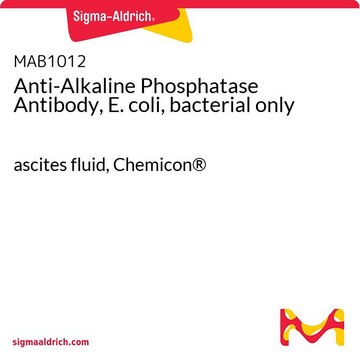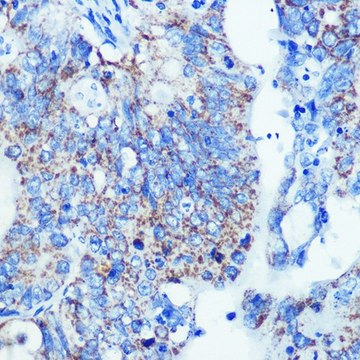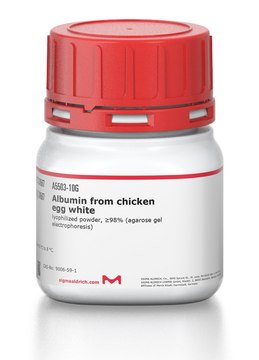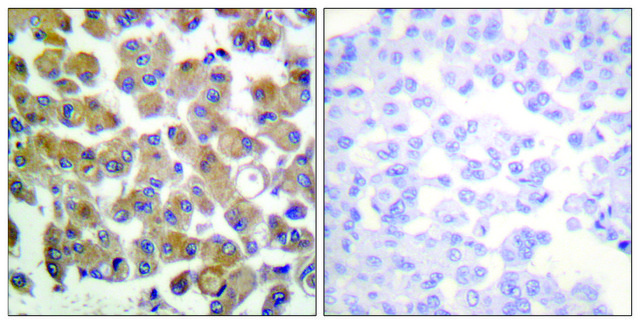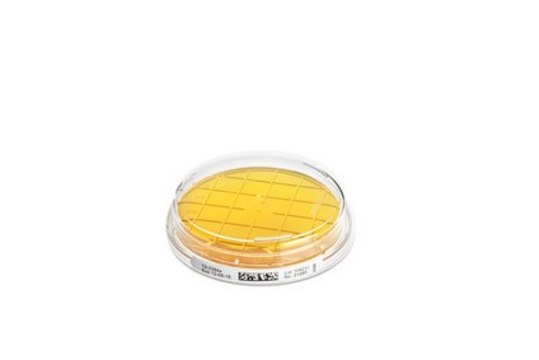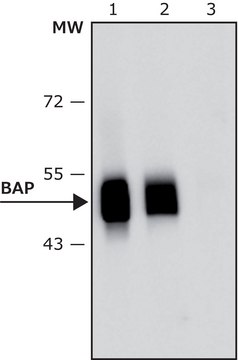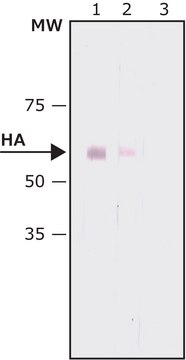SAB4200860
Anti-Bacterial Alkaline Phosphatase (BAP, PhoA) antibody, Mouse monoclonal
clone BAP-77, purified from hybridoma cell culture
Synonym(s):
BAP, PhoA
Select a Size
Select a Size
About This Item
Recommended Products
antibody form
purified from hybridoma cell culture
Quality Level
clone
BAP-77
form
liquid
species reactivity
E. coli (Strain K2)
concentration
~1 mg/mL
technique(s)
immunoblotting: 0.1-0.2 μg/mL using ALP from E. coli
isotype
IgG1
shipped in
dry ice
storage temp.
−20°C
1 of 4
This Item | B6804 | A5588 | A5477 |
|---|---|---|---|
| species reactivity E. coli (Strain K2) | species reactivity bacteria | species reactivity - | species reactivity - |
| clone BAP-77 | clone BAP-77, monoclonal | clone HIS-1, monoclonal | clone HA-7, monoclonal |
| antibody form purified from hybridoma cell culture | antibody form ascites fluid | antibody form purified from hybridoma cell culture | antibody form purified from hybridoma cell culture |
| storage temp. −20°C | storage temp. −20°C | storage temp. 2-8°C | storage temp. 2-8°C |
| isotype IgG1 | isotype IgG1 | isotype IgG2a | isotype - |
| form liquid | form - | form buffered aqueous glycerol solution | form buffered aqueous glycerol solution |
General description
Specificity
Application
Biochem/physiol Actions
Physical form
Storage and Stability
Disclaimer
Storage Class Code
12 - Non Combustible Liquids
WGK
WGK 1
Choose from one of the most recent versions:
Certificates of Analysis (COA)
It looks like we've run into a problem, but you can still download Certificates of Analysis from our Documents section.
If you need assistance, please contact Customer Support
Already Own This Product?
Find documentation for the products that you have recently purchased in the Document Library.
Our team of scientists has experience in all areas of research including Life Science, Material Science, Chemical Synthesis, Chromatography, Analytical and many others.
Contact Technical Service